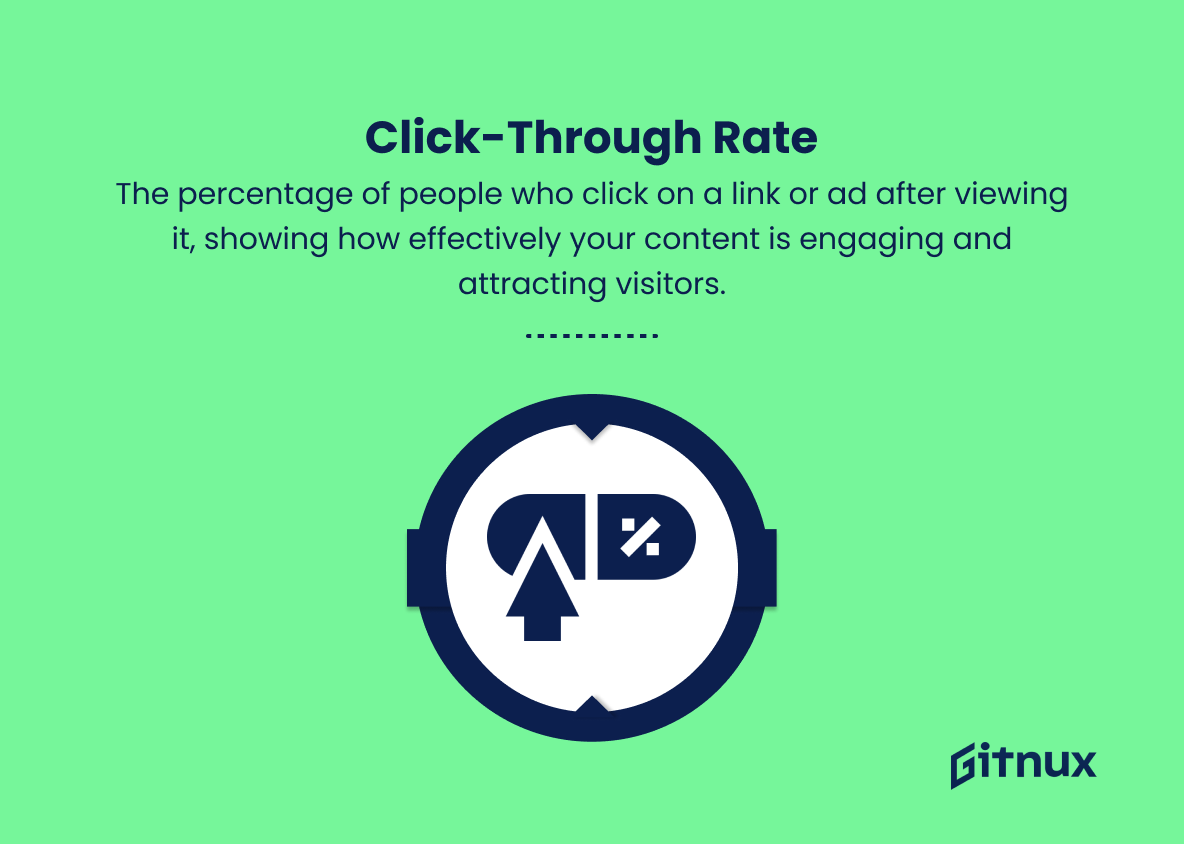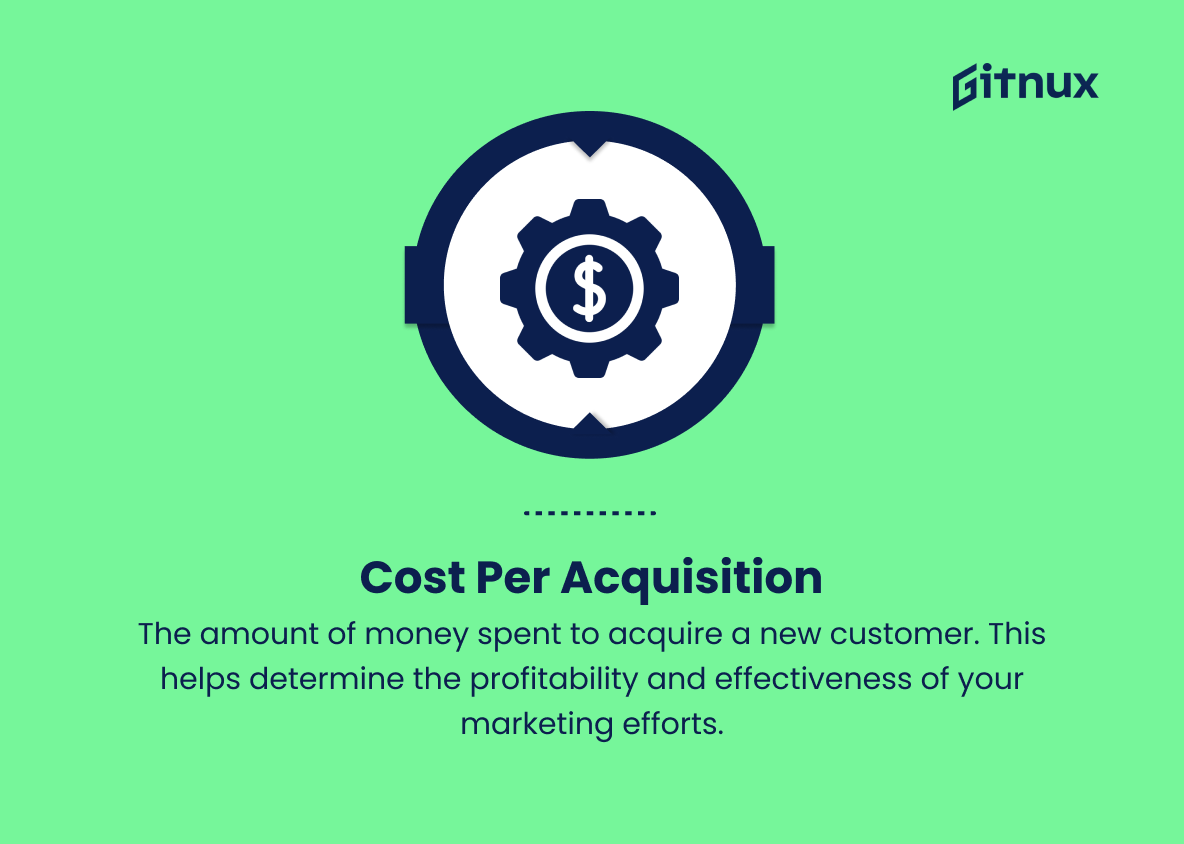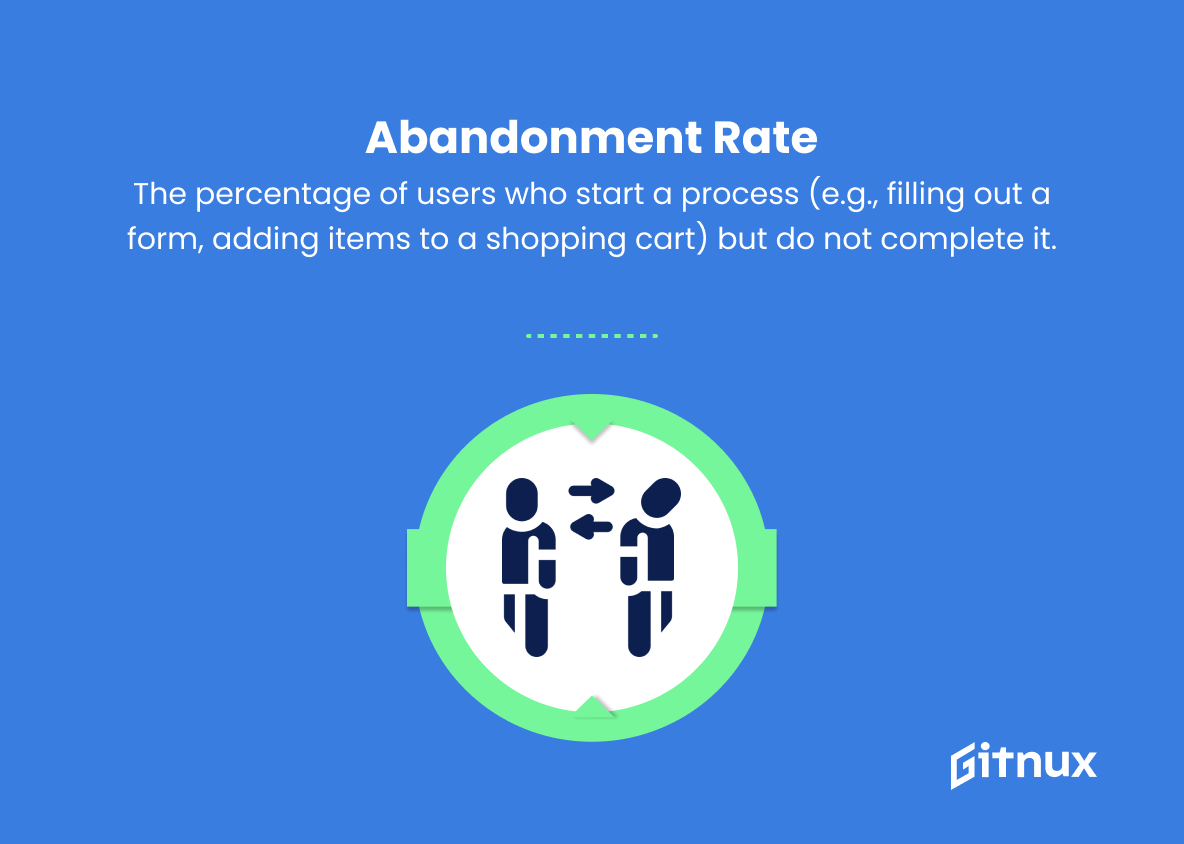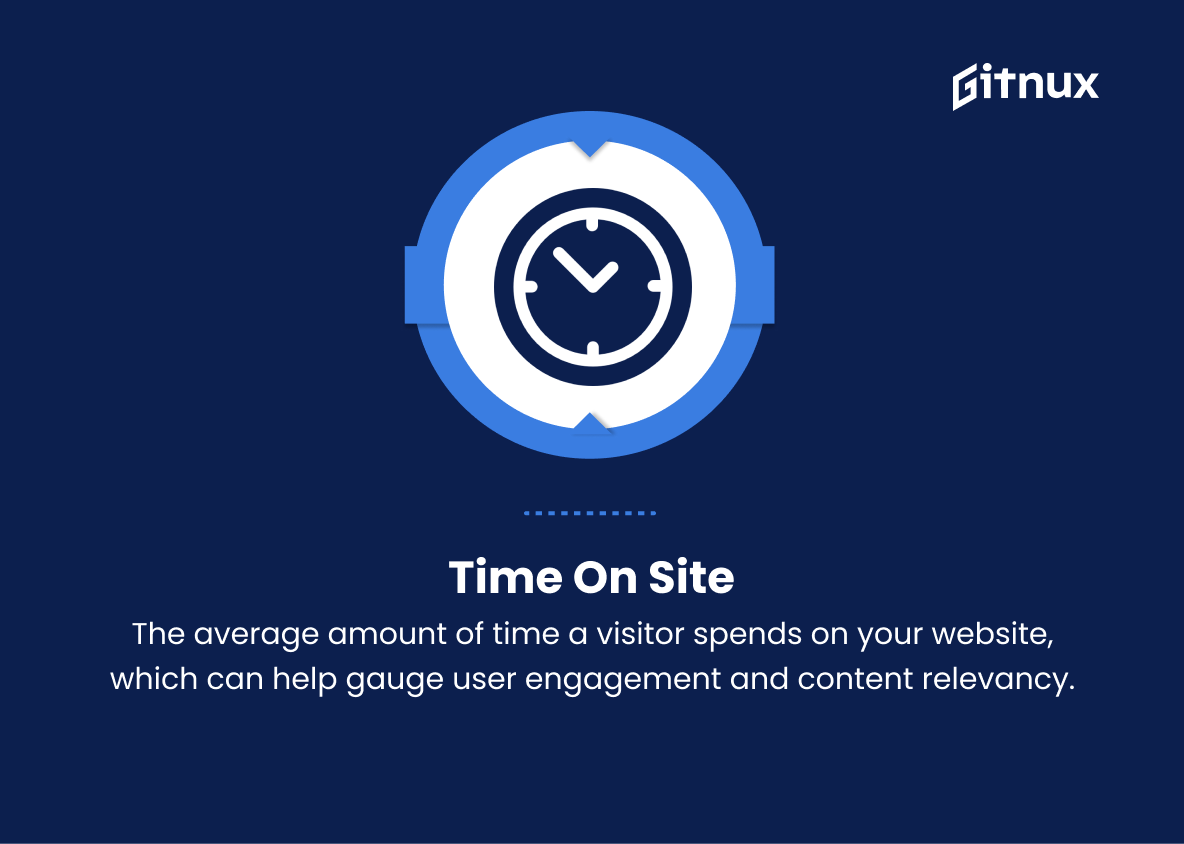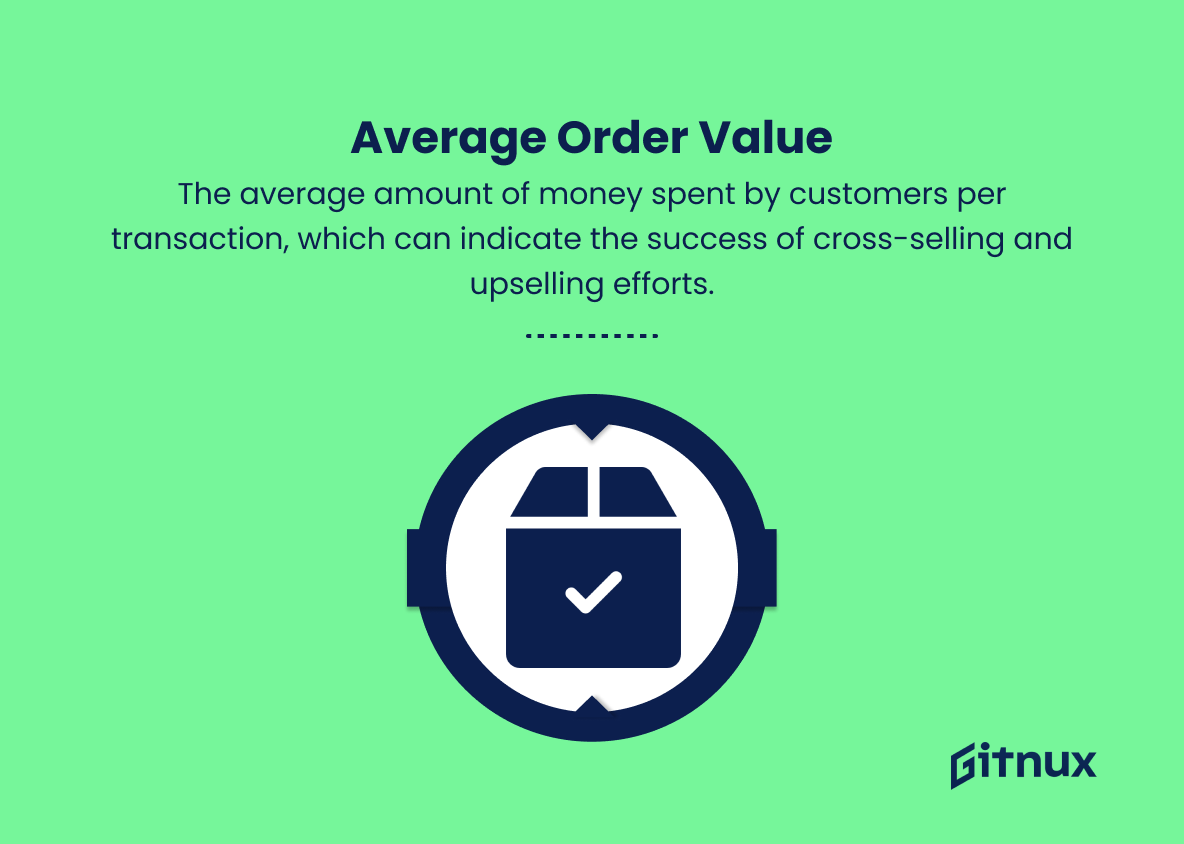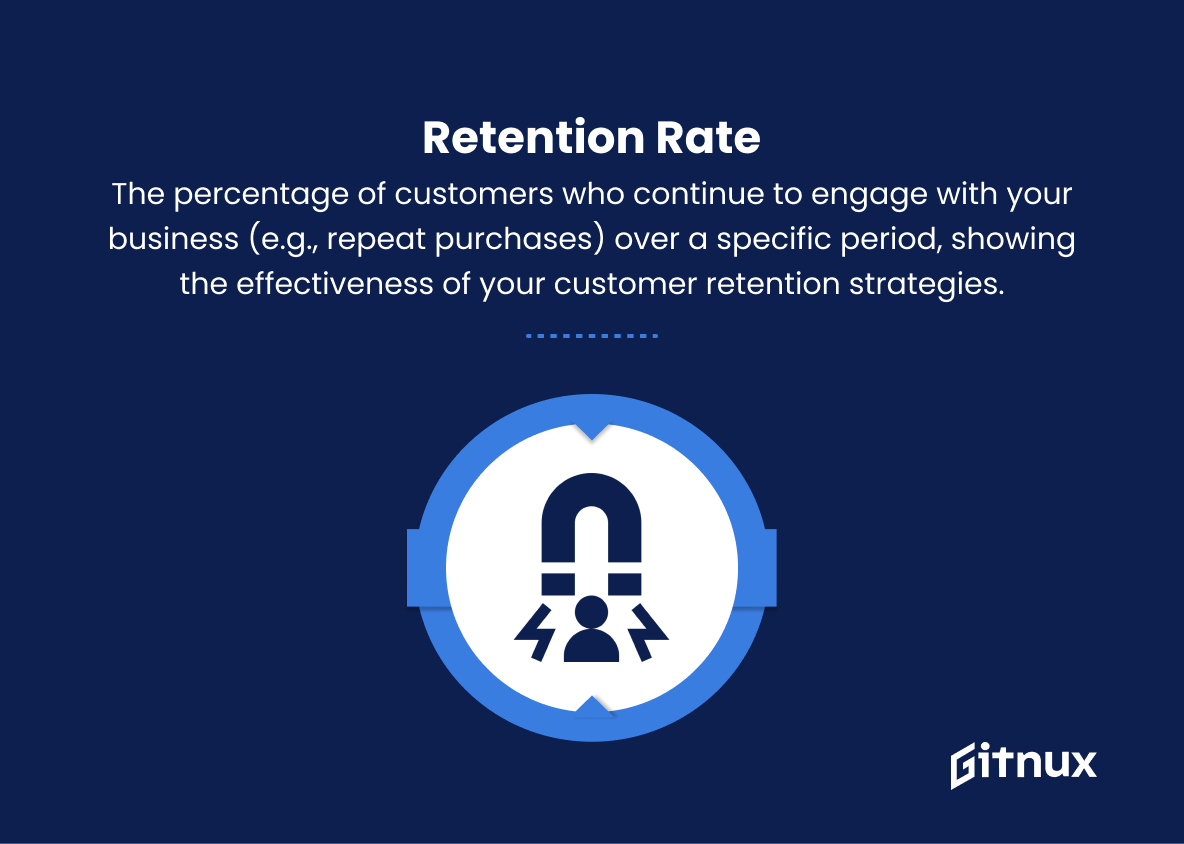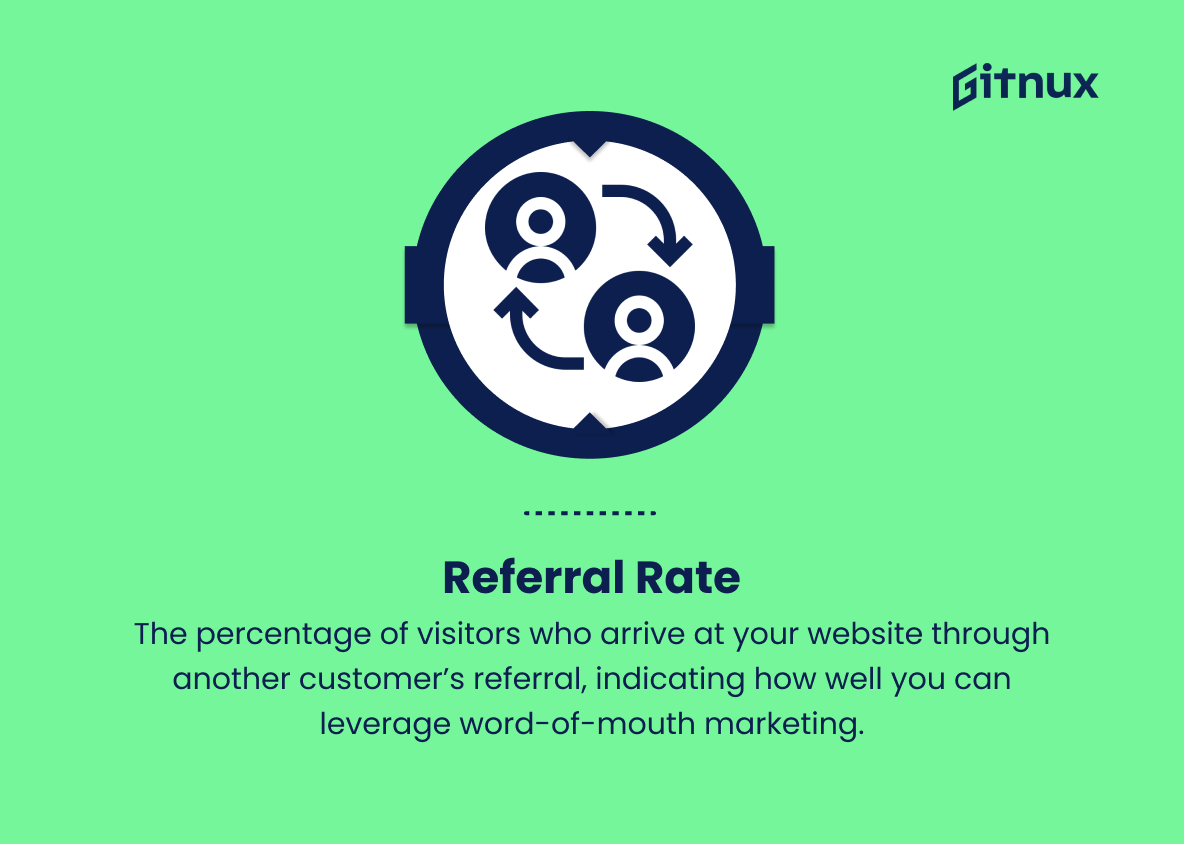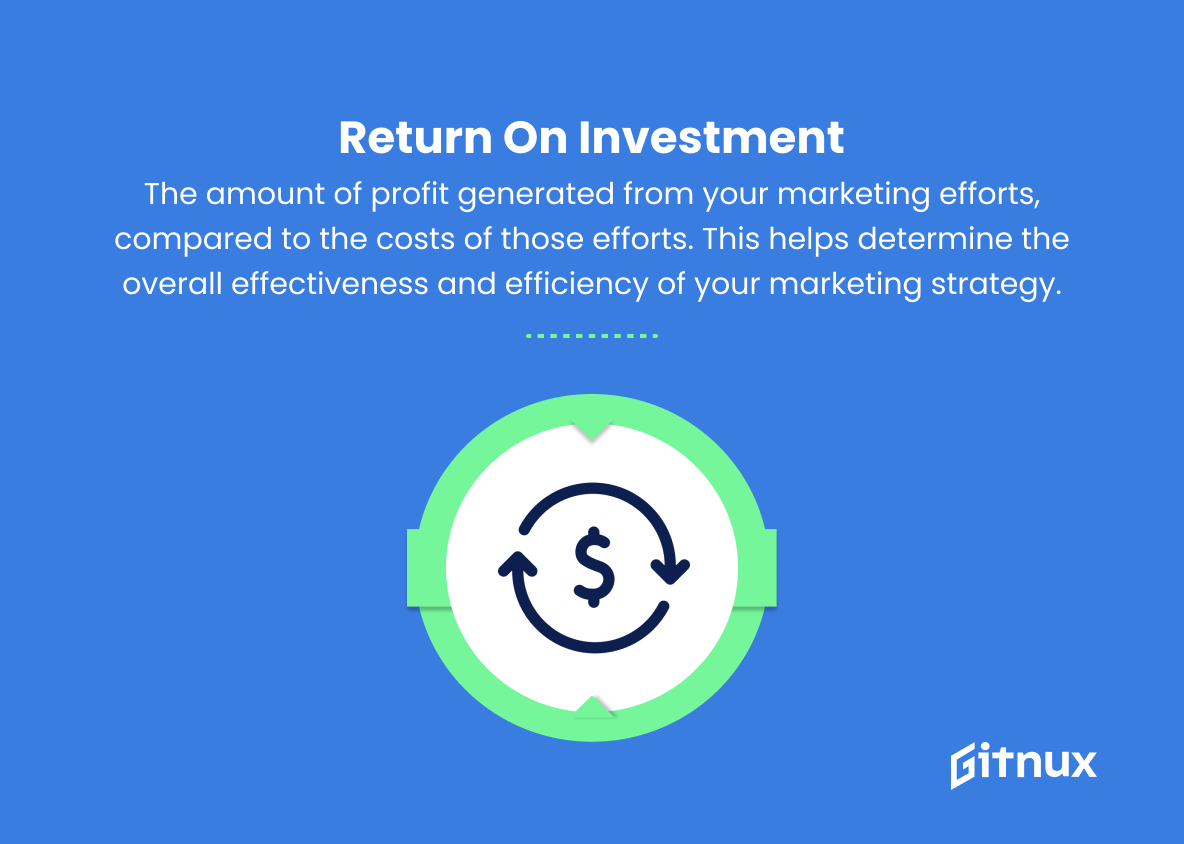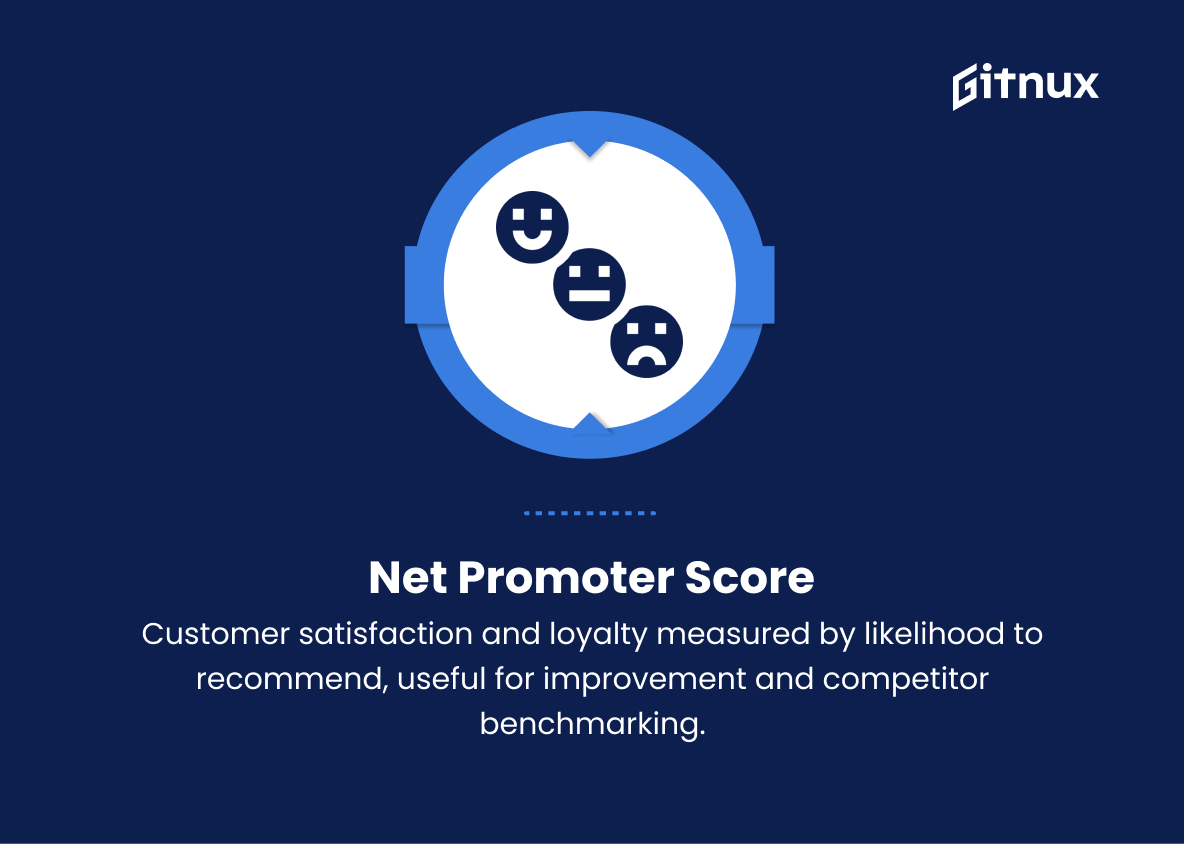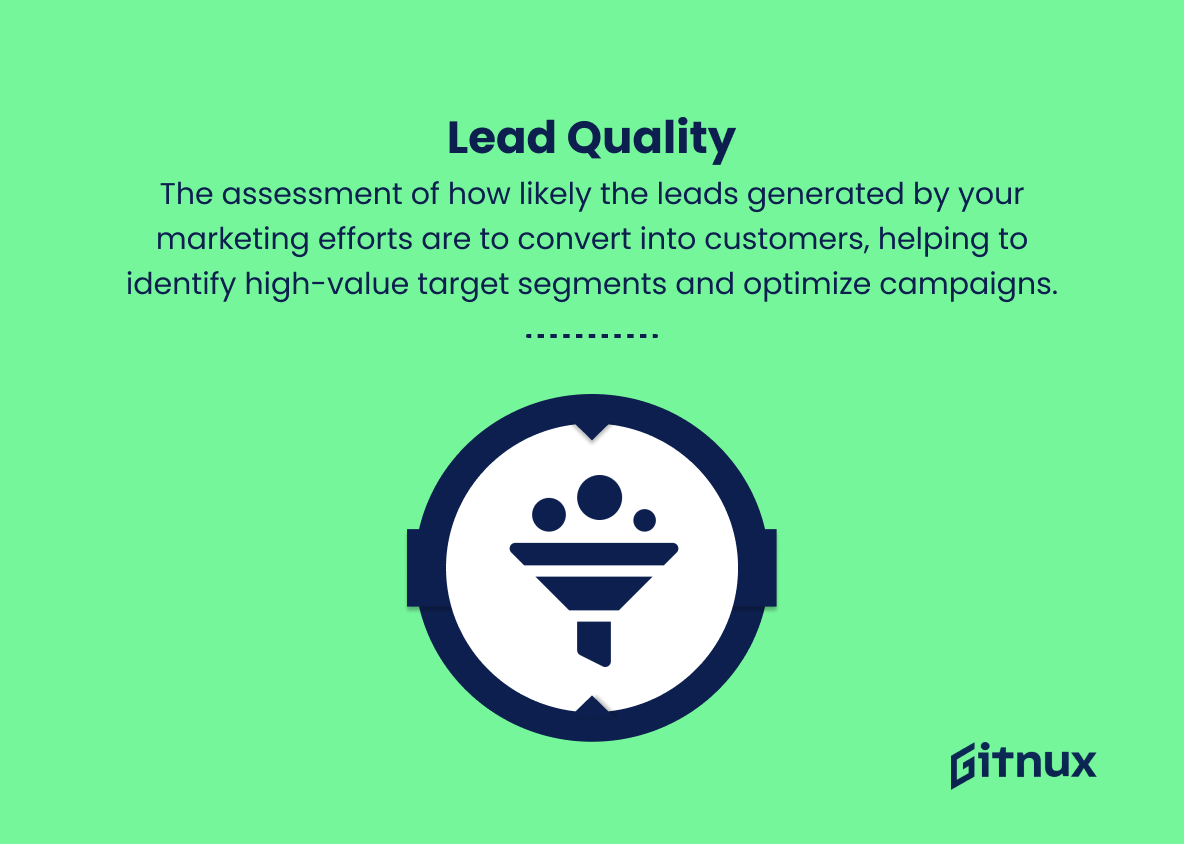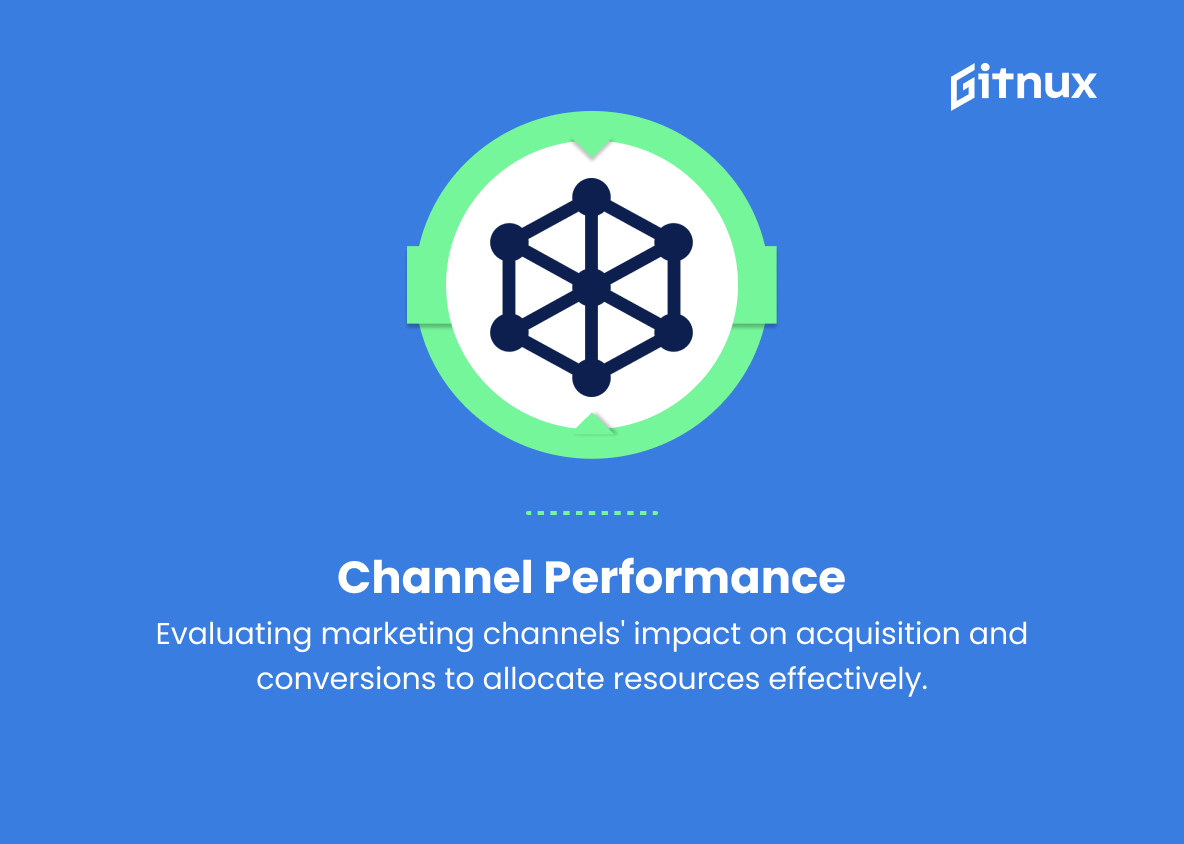In today’s data-driven marketing landscape, measuring the success of your marketing campaigns and strategies is of utmost importance. It is no longer enough to rely solely on your intuition and subjective assessments. Businesses need a complete understanding of key performance indicators (KPIs) to guide their marketing decisions, and funnel metrics have emerged as one of the most critical sets of data to achieve this.
In this comprehensive blog post, we will delve into the world of funnel metrics, discussing their significance, common misconceptions, and practical applications to optimize your marketing funnels, enhance your conversion rates, and ultimately, drive your business towards achieving its goals. So, buckle up as we embark on this fascinating journey of discovery in the world of funnel metrics.
Funnel Metrics You Should Know
1. Impressions
The number of times your advertisement or content is displayed to potential customers. This measures the reach of your marketing efforts.
2. Click-through Rate (CTR)
The percentage of people who click on a link or ad after viewing it, showing how effectively your content is engaging and attracting visitors.
3. Bounce Rate
The percentage of visitors who leave your website after viewing only one page, indicating whether your content is engaging enough to retain them.
4. Conversion Rate
The percentage of visitors who complete a desired action (e.g., make a purchase, sign up for a newsletter), showing the effectiveness of your marketing strategy in driving action.
5. Cost per Acquisition (CPA)
The amount of money spent to acquire a new customer. This helps determine the profitability and effectiveness of your marketing efforts.
6. Abandonment Rate
The percentage of users who start a process (e.g., filling out a form, adding items to a shopping cart) but do not complete it.
7. Time on Site
The average amount of time a visitor spends on your website, which can help gauge user engagement and content relevancy.
8. Average Order Value (AOV)
The average amount of money spent by customers per transaction, which can indicate the success of cross-selling and upselling efforts.
9. Customer Lifetime Value (CLV)
The estimated revenue a customer will generate for your business over their lifetime, helping to determine customer acquisition efforts’ worth and long-term profitability.
10. Retention Rate
The percentage of customers who continue to engage with your business (e.g., repeat purchases) over a specific period, showing the effectiveness of your customer retention strategies.
11. Referral Rate
The percentage of visitors who arrive at your website through another customer’s referral, indicating how well you can leverage word-of-mouth marketing.
12. Return on Investment (ROI)
The amount of profit generated from your marketing efforts, compared to the costs of those efforts. This helps determine the overall effectiveness and efficiency of your marketing strategy.
13. Net Promoter Score (NPS)
A measure of customer satisfaction and loyalty based on asking customers how likely they are to recommend your business to others. This can be used to identify areas for improvement and benchmark against competitors.
14. Lead Quality
The assessment of how likely the leads generated by your marketing efforts are to convert into customers, helping to identify high-value target segments and optimize campaigns.
15. Channel Performance
Evaluating how various marketing channels (e.g., email, social media, search engines) contribute to customer acquisition and conversions, helping to allocate resources and budget effectively.
Funnel Metrics Explained
Funnel metrics are crucial for understanding marketing and customer acquisition effectiveness. Impressions measure reach, CTR indicates engagement, and Bounce Rate and Time on Site determine user engagement and content relevance. Conversion Rate, CPA, and AOV indicate profitability, while CLV and Retention Rate show customer value and retention success.
Referral Rate measures word-of-mouth impact, and ROI evaluates strategy efficiency. NPS assesses satisfaction and loyalty, Lead Quality and Channel Performance optimize campaigns. Analyzing these metrics drives data-driven decisions to improve marketing, boost customer acquisition and retention, and increase profitability.
Conclusion
In closing, funnel metrics play an essential role in the development and success of any online business. By tracking and analyzing the various metrics discussed in this blog post, business owners can identify areas of improvement, optimize their marketing efforts, and ultimately, increase revenue. Remember, a well-designed and efficient funnel can lead to more conversions, increased customer satisfaction and lasting business growth.
It is crucial for businesses to continuously monitor and adjust their funnels according to the data collected from these vital metrics in order to stay ahead of their competition and remain relevant in the ever-changing world of digital marketing. So, take the time to invest in understanding funnel metrics and watch your online business soar to new heights.

